Welcome to Smugglivus 2014! Throughout this month, we will have daily guests – authors and bloggers alike – looking back at their favorite reads of 2014, looking forward to events and upcoming books in 2015, and more.
Who: Jodie, co-editor of one of the excellent Lady Business, solo blogger at Book Gazing and one of our favourite book and TV reviewers.
Please give it up for Jodie, folks!
Are you busy making 2015 reading resolutions? Maybe you want to #ReadWomen2015. Or you think #WeNeedDiverseBooks. Maybe you want to read every volume ever published about rodents indigenous to Scotland… Yeah, good luck with that last one.
This Smugglivus, I attempt to help you fulfil some (reasonable) bookish resolutions by presenting a list of ten rocking books written by chromatic women. This list has space adventures, government conspiracies, sisters and spies, and hopefully it’ll help you kick off your reading year in style:
Ascension – Jacqueline Koyanagi
If you only read one space opera romance novel this year, make it Ascension. Then probably reassess your priorities and read more space opera romance novels.
Alanna Quick, ‘the best damn sky surgeon in Heliodor City’, stows away on a cargo vessel and sets out to look for the interstellar adventure she craves. Alanna thinks that getting to see the stars might even be worth making an enemy of the ship’s strict female Captain Tev, who is not pleased to find a stowaway in her hold. But all is not as it seems on board the Tangled Axon and, although Tev starts out gruff there’s an undeniable attraction that the two women just can’t avoid – especially as a spaceship isn’t the biggest place to hide.
Ascension is the kind of book that I, and a sizeable portion of the internet, have been calling out for – ladies making out in space, hurray! At its heart, this novel is a light SFF adventure story about women having adventures and falling in love against the romantic backdrop of infinite space. And like all supposedly light SFF it comes with some big emotional punches; prepare for to be bulldozed by feelings about finding and losing different kinds of family.
There’s also something very special about seeing the Axon’s crew-family relate to each other on a daily basis. Female crew members outnumber men on this spaceship, and chromatic characters abound, along with lesbian and bisexual characters. There’s also a variety of relationships in this book, including polyamorous partnerships, female friendships and complicated sister bonds. Often, it feels like cute, domestic stories about the close life of a spaceship crew revolve around cis-gender, straight, white men, and it was great to see characters who might have been secondary characters or non-existent in other stories take the helm.
Rivals in the City – Y. S. Lee
Speaking of books the internet is crying out for – anyone interested in a novel about a female detective agency?
Rivals in the City is the final novel in Y. S. Lee’s Agency series, which follows Mary Quinn, a pupil of The Agency – a female run investigation bureau. At the end of the third novel, The Agency was riven with discord and now the two owners, Felicity Frame and Anne Trevleaven, have gone their separate ways. Mary has separated from them both and is busy building her own investigation business with her fiancé, James Easton.
However, The Agency isn’t quite finished with Mary. Felicity engages her to track down the notorious Mrs Thorold who has returned to London to visit her daughter, Angelica. This sees Mary revisiting her first case and anyone who remembers Angelica and Mary’s encounters in The Agency will be eager to see them brought back together.
As the series closes, there are still several important items that need to be settled. Will Mary tell James about her Lascar father and will he accept her once he knows she is Asian? Will Felicity and Anne reconcile? Will Mrs Thorold finally be brought to justice? Rivals in the City wraps up all the loose ends satisfactorily and throws in heaps of adventure, action and fascinating Victorian facts to boot.
White is for Witching – Helen Oyeyemi
I’m currently on an Oyeyemi reading jag. In 2014, I read The Opposite House, White is for Witching and Mr Fox, then stocked up on Bird, Boy, Snow and The Icarus Girl. If I need a reading tonic I can always turn to Oyeyemi’s books and find something bright and brilliant inside.
White is for Witching takes place in a sentient house which haunts and imprisons the women of the Silver family. When the novel opens, the most recent lady of the house, teenager Miranda Silver, has just been discharged from a psychiatric facility and returns to the house with her family to try to rebuild her life. She eventually leaves for university and falls in love with a girl named Ore, but the house doesn’t give up its women that easily.
I re-read White is for Witching in 2014, because it’s a novel I greatly admire. This novel exerts a delicate control over the reader, but it never feels manipulative. I also love the creation of the Silver family and the detail of the individual character experience – particularly when it comes to Ore. Ore could so easily have become just Miranda’s love interest, but instead she’s given a life and particular background of her own that makes her just as involving as Miranda, who is being terrorised by an evil house.
White is for Witching is a creepy little book that always keeps me on my toes. I highly recommend it if you like twisty ghost stories with memorable characters like The Little Stranger & The Haunting of Hill House.
Love is the Drug – Alaya Dawn Johnson
Love is the Drug shares a lot of characteristics with Alaya Dawn Johnson’s earlier novel The Summer Prince: the plot centres around the machinations of shady authority figures, the characters raise big questions about societal inequality and race, and Emily Bird’s relationship with her mother is just as troubled as that of June Costa’s. Love is the Drug even re-works the most striking stylistic aspect of The Summer Prince – the short italicised sections voiced by an unidentified, omniscient narrator.
What sets Love is the Drug apart from The Summer Prince is its depiction of female friendship. In The Summer Prince June perceives Bebel, the only other central female character of her own age, as a rival to be defeated. Gradually, June comes to see Bebel as a peer, a source of constructive competition, and a friend, but it takes quite a while. From the start, Bird has her own troubles with female friendship; she’s stuck in a toxic threesome of a friendship which requires her to suppress her true self. But when Bird breaks up with her popular boyfriend Paul, and is exiled by her friends, she quickly finds fellow outcast Marella – the only out lesbian at their private girl’s school. Their friendship is extremely important to Bird and at the end of the book, when Bird rides off into the sunset with her new fella, Marella is right beside them. You’ve got to love stories that show how important girls can be to each other.
The Shadowed Sun – N. K. Jemisin
The Shadowed Sun, the second in Jemisin’s Dreamblood Duology, is a big SFF epic with a high stakes political plot, creepy magic, wide scope world building and hot romance. It’s very cool.
I loved getting to revisit the world of Gujareeh and see how it had changed under Kisuati law, but I found myself swept away by an aspect which wasn’t as prominent in The Killing Moon – the gender politics of this novel.
Hanani, the first female Sharer of her world, tries to fit in with her male colleagues. In fact, she lives just as a male Sharer would because, even though she’s has achieved the position as a woman, the role of Sharer is inextricably linked with men. In the minds of her colleagues and her society, to be an effective Sharer she must behave exactly as the male Sharers do. She is censured both for behaving like one of them and when she deviates from that behaviour – damned if she do… And, under her elation at serving as Sharer, Hanani is miserable.
That slowly changes when she is sent to live with the Banbarra society. There she meets Yanassa, and a community of women who control their own wealth, trade and sex lives. Hanani and Yanassa develop a strong bond which Hanani uses to help her navigate her role as a female ‘first’ and to set her own terms in her romantic relationship. By the end of the novel she’s redefined herself and her role forever.
The protagonist of this novel wear pyjamas for every occasion, uses a milk float to salvage shopping trolleys and develops an obsession with Japanese cucumbers. She’s a little weird, but sometimes its the weird ones you love the most. The unnamed Japanese-Canadian heroine is struggling with her life and longing for love with one of her female best friends. One evening she meets a female kappa from Japanese mythology, they wrestle and she becomes pregnant – hence the craving for cucumbers.
The protagonist also tells the story of her childhood growing up with three sisters and their abusive father who failed to make a success of his disastrous farm plans. Her relationship with her father is split between love, desperation for approval and intense fear, and she is conflicted about her mother, but she still affectionately remembers the stories they told her about the mysterious kappa of Japanese legend. This book is an odd little novel, but it’s also surprisingly charming and funny.
P.S. Be Eleven – Rita Williams-Garcia
I really can’t sum Rita William’s-Garcia P.S. Be Eleven any better than Ana did when she said that One Crazy Summer, the first novel in this series is ‘a story that makes room for several simultaneous truths’. It’s so hard to make room for multiple valid points of view without elevating one above the other, but P.S. Be Eleven continues to manage to offer readers a deeper insight into the difficult to decipher human heart.
The second Gaither Sisters novel is just as smart, fun and quietly emotional as the first. The three sisters have returned from spending the summer with their biological, Black Panther, poetess mother and come home to find that the world they left behind has changed significantly. There’s a new teacher at school, a new woman in Pa’s life and Uncle Darnell isn’t the same as the sunny man who went off to Vietnam.
Mr Loverman – Bernardine Evaristo
Evaristo is probably best known for writing Blonde Roots, a race-flip satire that made the 2009 Orange longlist several year ago. I read Blonde Roots this year too, but found that Mr Loverman, her contemporary novel, worked better for me.
Mr Loverman tells the story of Barrington Walker, an Antiguan born British citizen who has been in a romantic relationship with his best friend Morris Walker for sixty years. Barry is beginning to think about come out and moving in with Morris but, as he explains, history and difficult family ties make him afraid of the consequences.
The novel also gives a voice to Carmel, Barry’s put upon wife, who believes her husband has been cheating on her with different women since they were married. The use of dual narratives allows both Carmel and Barry to present their side of their marriage. Barry feels justly trapped because the prejudices of his time pushed him to marry a woman he doesn’t love, but he is also sexist and makes Carmel’s life miserable. Mr Loverman manages to convey that both characters are unfairly trapped without making either character villainous or totally blameless and, much like P.S. Be Eleven, I valued it’s fairness when it came to telling such a complex story.
Carmel also gives the reader access to more about the history of 1950s Caribbean immigration by allowing the reader to learn more about the lives of the women she came to Britain with. And the reader sees into the lives of Barry’s children and grandchildren, who he fears he may lose. There’s a lot packed into just over two hundred pages, but the novel remains light, chatty and free wheeling most of the time; much like the dapper, hard drinking Barry. And there’s a very happy ending waiting for the two men after all those years in seperate houses.
I devoured Lo’s second novel Huntress, but then let expectations and hype put me off reading Ash until this year. I shouldn’t have waited so long, because Ash’s world is a warm, natural place that enjoyed wallowing in. The world-building and descriptive touches in this novel build a clear picture of the land Ash comes from and immediately connected me to the story.
And, of course, once Ash’s romance with the King’s Huntress started to emerge I was all over that. Tentative unsure romance that wobbles like a baby fawn? On it.
The Complete Stories – Alice Walker
To finish off, let me tell you about a collection of Alice Walker’s short stories. Among my favourites were:
“A Letter of the Times, Or Should This Sado-Masochism Be Saved?”: A black woman sends a letter to her white friend to explain why she snubbed her when she wore a Scarlett O’Hara costume. Someone should go read this to Elena and Caroline from The Vampire Diaries.
“Laurel”: A story about intersectional politics, rape and how to write complicated stories when you’re a part of two societal groups in conflict.
“Really, Doesn’t Crime Pay?”: A woman’s writing is stolen by her artist lover.
“Everyday Use”: A daughter returns home to appropriate family heirloom rugs she never cared about, with hilarious results.
The breadth of subject matter, style and tone in The Complete Stories was extraordinary. Alice Walker joins my writerly heroines and will continue to inspire me to work on projects that seem completely outside of my comfort zone.
If you’ve read any of these books, or if you have any recommendations for me, drop into the comments and let me know. Here’s wishing you a Happy Smugglivus and a great reading year.
Thanks, Jodie!
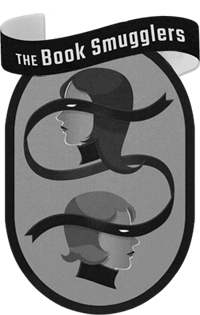
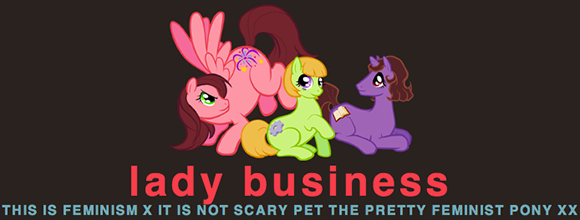
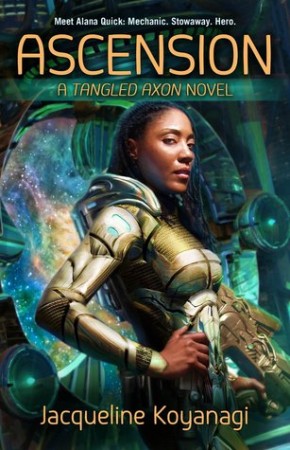
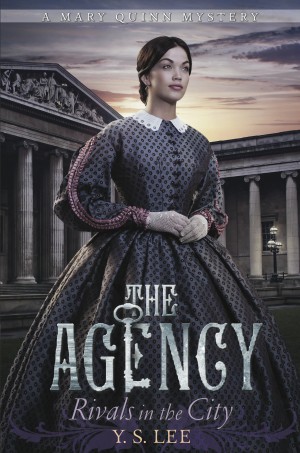
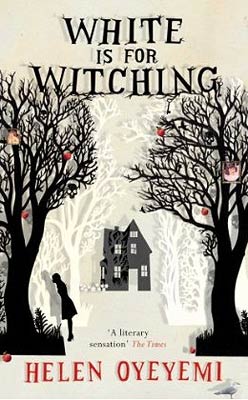
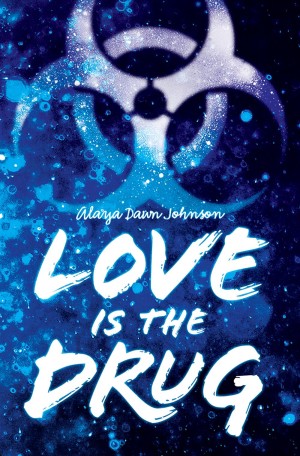
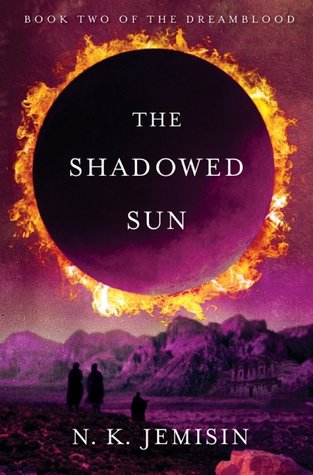
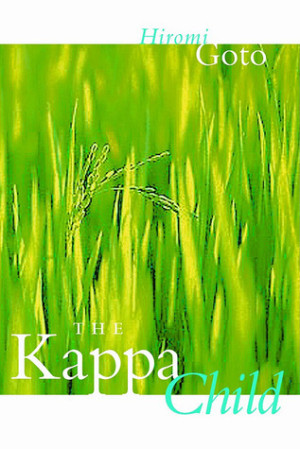
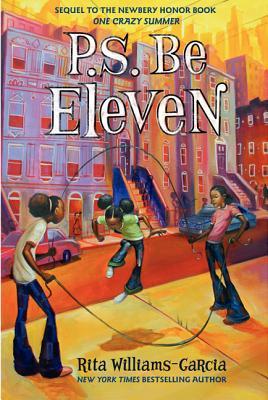
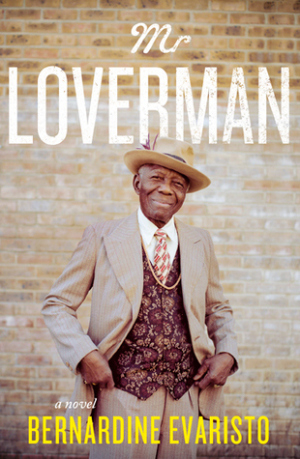
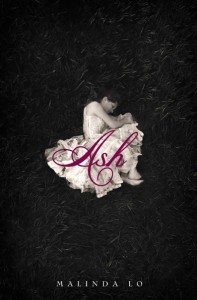
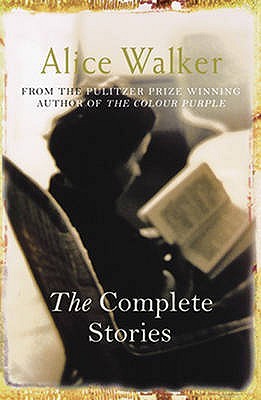









No Comments